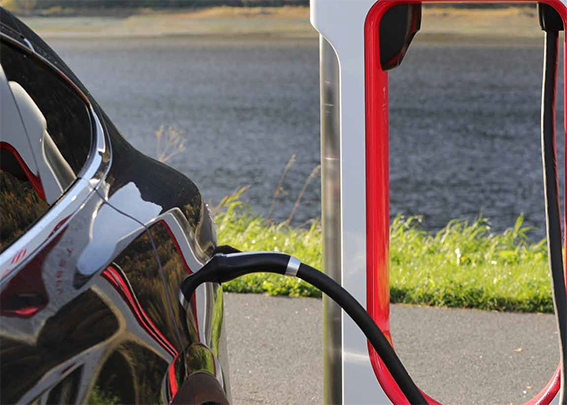Development of a methodology and tools for tolerances in vehicle electrification to meet future customer demand and ensure competitive advantage
EnginSoft and Metasystem develop design validation, verification methodology for highperformance on-board chargers for electric vehicles
Newsletter EnginSoft Year 16 n°1
By Enrico Boesso, EnginSoft | Gabriele Codeluppi, Metasystem

EnginSoft and Metasystem develop design validation, verification methodology for highperformance on-board chargers for electric vehicles

